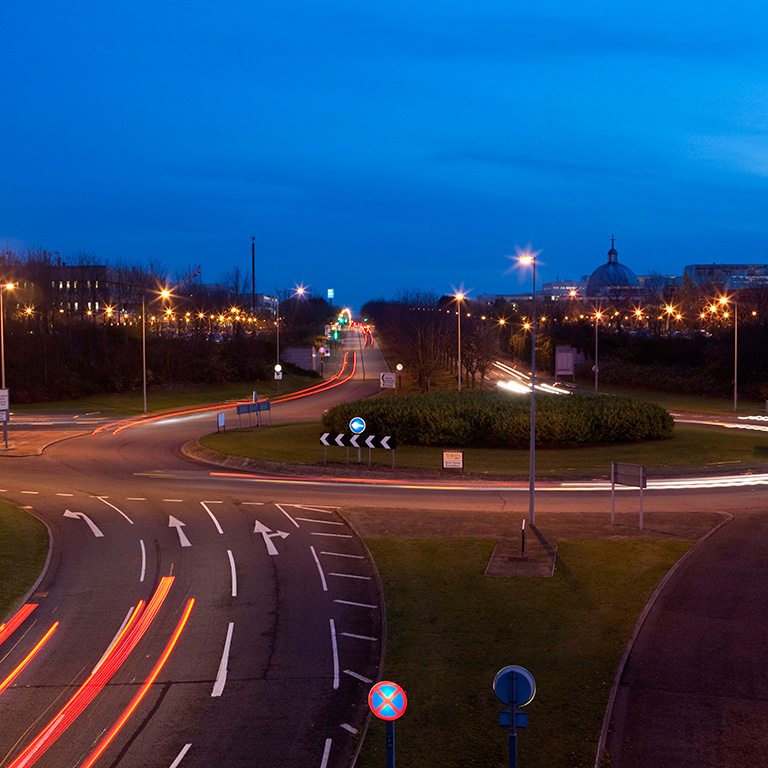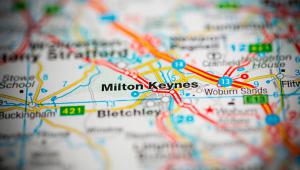
Like others in local government, in Milton Keynes we are facing increasing demand for services, reduced resources and a complex policy landscape. Our response is an ambitious agenda for growth, which focuses on future challenges and uses foresight, modelling and data analytics to predict the impact that growth will have on our city and its infrastructure.
The analytics showed that if we continue with the plans we developed previously, in 15 years the city would effectively be gridlocked. However, engineering adjustments were too expensive, would only mitigate 25% of the predicted 60% increase in travel demand, and would also require changes to the city structure that residents and businesses don’t want.
Ease of mobility is a key contributor to Milton Keynes’ economic success, so having clarified that new approaches to mobility were required, we started to look at how connecting users with data could enable ‘smart’, spontaneous transport decisions – for example, when to travel into the city centre and where to park. At the same time we considered how the use of data could help address other city challenges, particularly around infrastructure. This led us to conceive our Future Cities Programme.
Central to this initiative is the MK Data Hub. Located in the city centre and at the heart of the city’s analytic capability, it draws together and makes available information relevant to how the city functions. This includes data from key infrastructure networks (energy, transport and water) and sensor networks (weather and pollution), satellite data, and data from social media and specialised applications.
Access to anonymised material in the Data Hub, under protocols governed by the council, is allowing us to develop new approaches and applications that address city challenges. These will be designed by partners, and independent and commercial developers.
As part of this programme, we have opened up investment opportunities, promoting ourselves as a test bed, a living lab with a unique value proposition. We offer an accessible urban area with a flexible infrastructure, as well as a welcoming local authority, prepared to take the time to assemble and mobilise partners.
Our academic partners, for example, offer a wealth of research and development capability on our doorstep, but we’ve learned that we have to think differently about how we utilise partners. Industry partners need to be clear that working with a council is not always about entering into a new procurement relationship, but they know we will collaborate with them to establish new business models to monetise their investment into the city.
What we give these partners is the opportunity to capitalise on the city leadership and convening power that only we as a local authority can provide. This ecosystem of capabilities is proving very successful for us here in Milton Keynes.
This blog is part of the CIPFA Thinks series



















